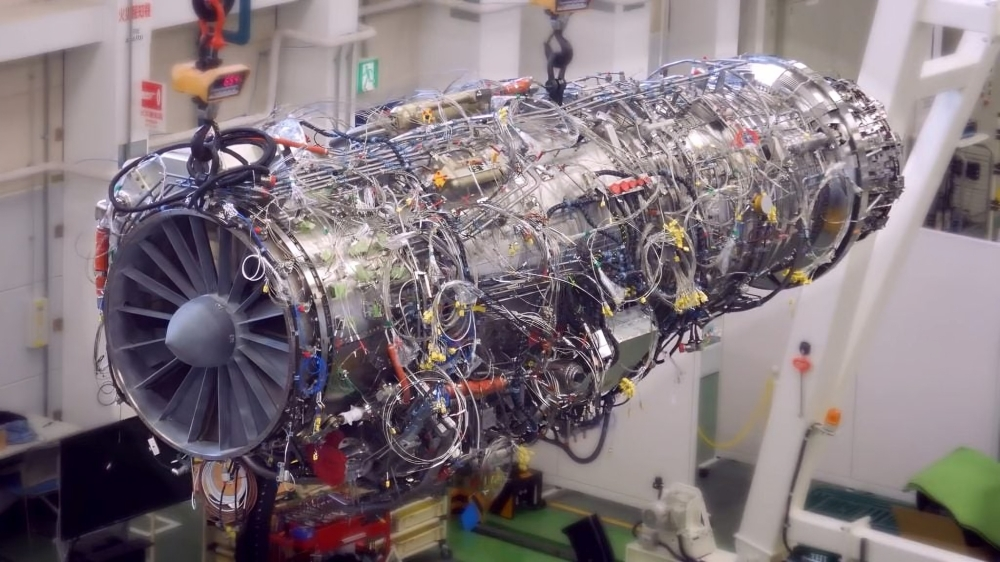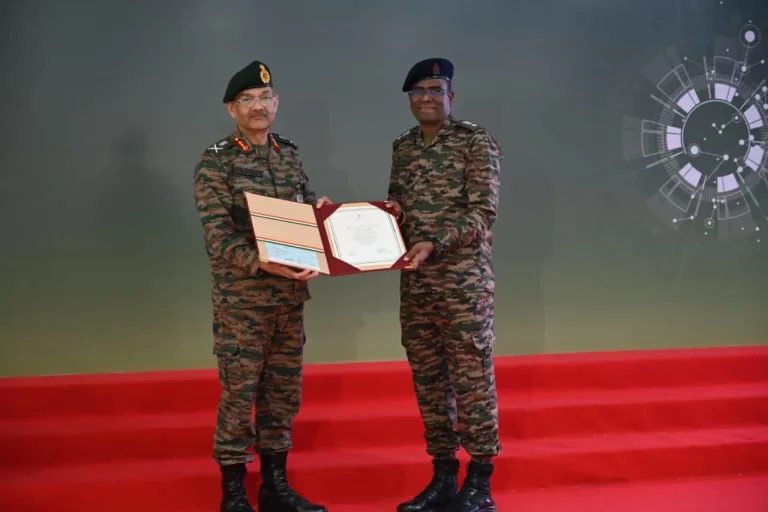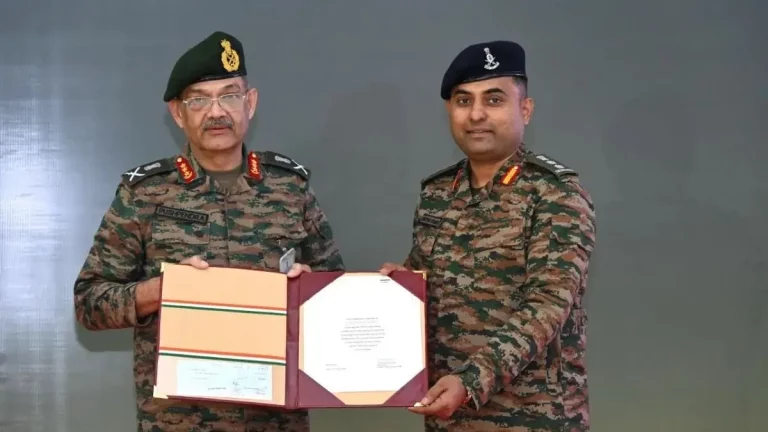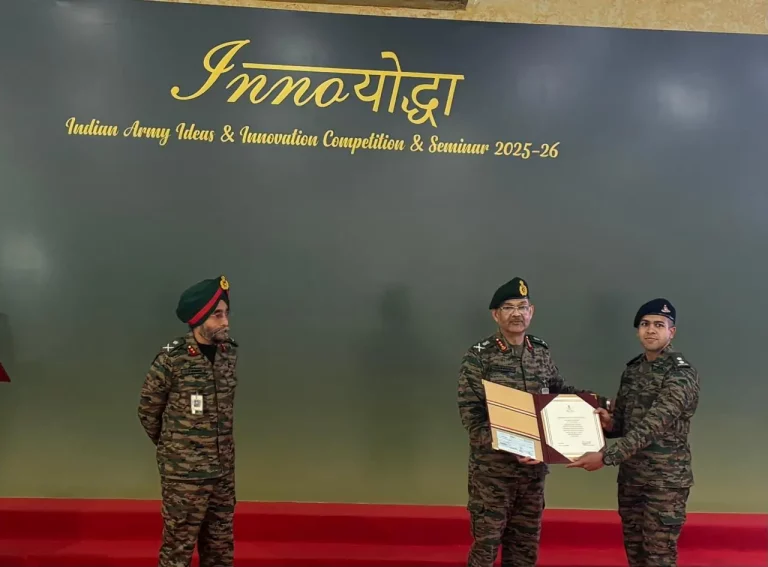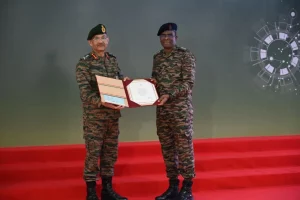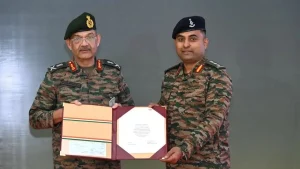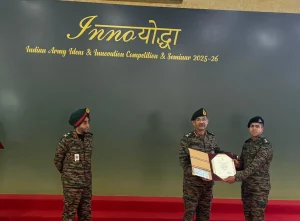India and Japan are set to significantly enhance their defense collaboration with plans to co-produce advanced engines for next-generation fighter jets and tanks. This promising development was initiated during a high-level meeting on May 5, 2025, between Indian Defence Minister Rajnath Singh and Japanese Defence Minister Gen Nakatani, held at the Manekshaw Centre in Delhi Cantonment.
The discussions predominantly revolved around leveraging Japan’s extensive expertise in military engine technology, particularly in the domains of aero-engines and tank propulsion systems. Japan’s well-established proficiency in these areas has been deemed crucial in shaping co-development initiatives alongside India’s burgeoning defense manufacturing sector.
Broader themes of defense cooperation were also addressed, including maritime security, cyber defense, automation, artificial intelligence, and advancements in space technology. Both ministers reiterated their commitment to deepening the India-Japan Special Strategic and Global Partnership, a relationship that was elevated to new heights in 2014, increasingly focused on promoting regional peace and stability within the Indo-Pacific.
Notably, Japan has extended an invitation for India to join the Global Combat Air Programme (GCAP). This collaborative effort, involving Japan, the UK, and Italy, aims to develop a sixth-generation stealth fighter jet by 2035. The initiative seeks to compete with emerging platforms such as China’s recently unveiled J-36, a sixth-generation tailless concept. If India participates in GCAP, it would signify a strategic shift in its approach to combat aviation and international defense collaboration.
India’s growing interest in Japanese engine technology arises from delays and challenges faced in its domestic aircraft programs. Despite the ongoing development of the indigenous Advanced Medium Combat Aircraft (AMCA), the lack of advanced engine technology remains a significant bottleneck. With the first AMCA prototype anticipated within five years and setbacks in the Tejas Mark II program, foreign collaboration with Japan presents a timely solution for capability enhancement.
Japan’s Aero Engine Corporation, which includes notable players such as Kawasaki Heavy Industries, Ishikawajima-Harima Heavy Industries, and Mitsubishi Heavy Industries, is expected to play a central role in the proposed co-production framework. The consortium has a strong track record in international collaboration, having contributed to major global engine programs, including the IAE V2500, GE GEnx, and Rolls-Royce Trent 1000.
The meeting also featured a ceremonial aspect, with Minister Nakatani laying a wreath at the National War Memorial to pay tribute to India’s fallen soldiers, followed by a Tri-Services Guard of Honour. These engagements underscore the deepening and symbolic nature of Indo-Japanese defense ties.
In light of evolving security challenges, particularly in the Indo-Pacific region, this collaborative move represents a strategic effort to harness mutual strengths, aiming to develop cutting-edge defense capabilities and promote regional stability in an increasingly dynamic geopolitical landscape.
